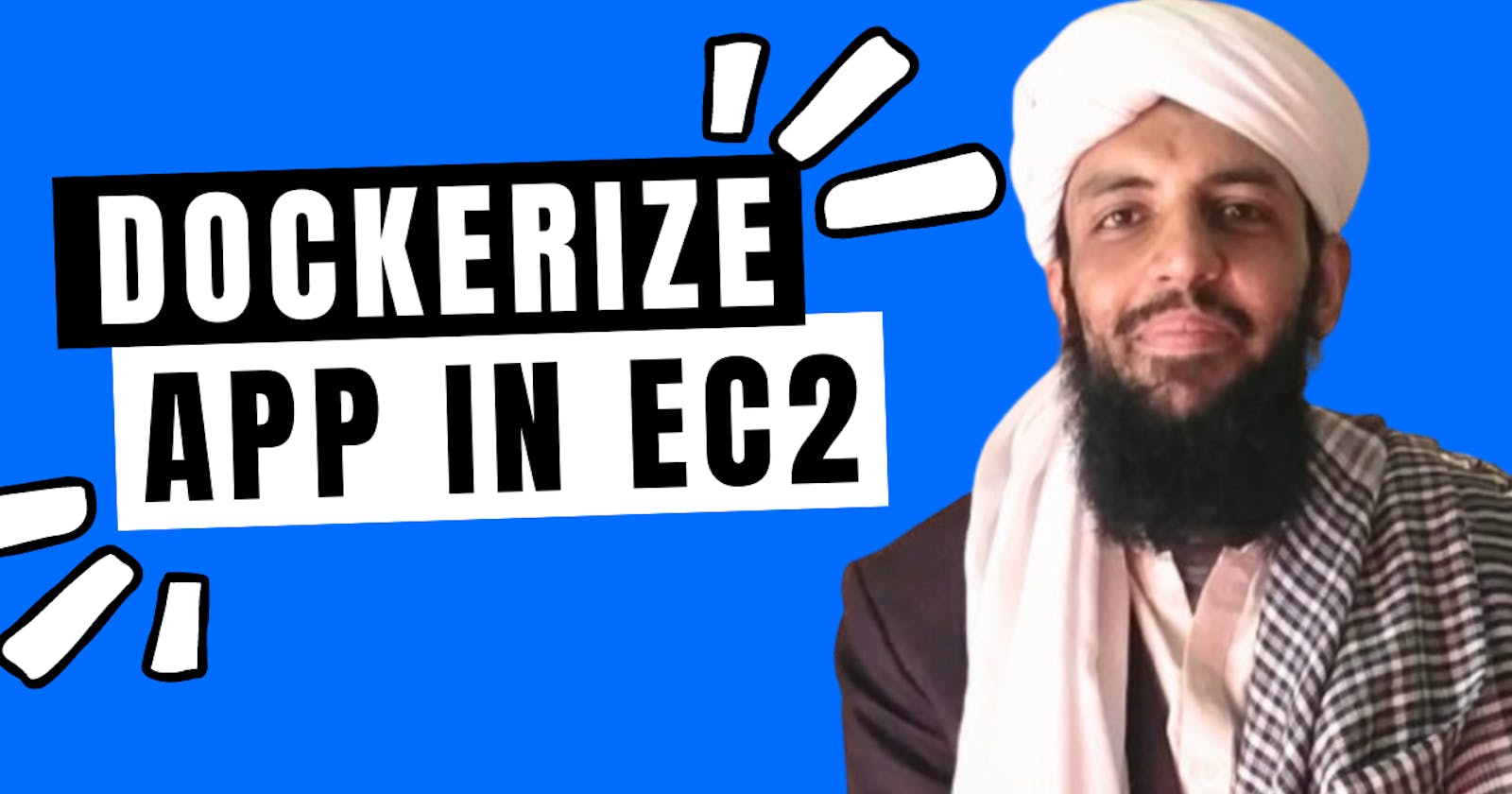Hey, fellow tech enthusiasts! 👋 Bilal Khan here, and today we're embarking on an exciting journey into the world of Dockerization. Buckle up as we take a deep dive into the process of containerizing an application, unleashing its potential, and setting it aloft in the vast expanse of Amazon EC2. 🌐
🌟 Here is the Video Explanation
📁 The Prelude: Unveiling the Application
Before we embark on our Dockerization adventure, let's take a sneak peek at the application we're going to work on. It's a simple yet powerful landing page and subscription form. You can check out the code on my GitHub repository if you're curious! Now, let's navigate to the browser and witness the magic at localhost:8000.
🐳 Dockerization Decoded: Crafting the Dockerfile
Our starship for this mission is the mighty Dockerfile. Think of it as the blueprint guiding the construction of our containerized application. Let's delve into the steps:
# Dockerfile
# Choosing the base image from Docker Hub
FROM golang:1.21.0.4-alpine3.8
# Creating a directory for our site
RUN mkdir /site
# Copying application files to the site directory
COPY . /site
# Switching to the site directory
WORKDIR /site
# Building the Go application
RUN go build -o main .
# Making the application executable and running it
CMD ["./main"]
In this Dockerfile, we're leveraging the Alpine version of the official Golang image from Docker Hub. We create a site directory, copy our application files into it, build the Go application, and finally, run it. It's like assembling a spaceship for our application to journey through the container galaxy.
🚀 Launching the Dockerization Process
With our Dockerfile ready, it's time to set our application on the path to containerized greatness. Run the following commands in your terminal:
# Building the Docker image
docker build -t my-awesome-app .
# Running the Docker container
docker run -p 8000:8000 my-awesome-app
And just like that, our application is encapsulated in a Docker container, ready to defy gravity and operate seamlessly across different environments.
🚢 Sailing into the EC2 Waters: Hosting on Amazon's Cloud
Our journey doesn't end with Dockerization; it extends to the clouds, specifically Amazon EC2. Here's a brief guide on setting sail to the cloud:
Create an EC2 Instance: Navigate to the AWS Management Console, launch an EC2 instance, and choose your preferred Amazon Machine Image (AMI).
Configure Security Groups: Ensure your security groups allow traffic on port 8000, where your application is sailing.
Connect to Your EC2 Instance: Use SSH to connect to your EC2 instance and prepare it for the application's arrival.
Deploy Your Dockerized App: Upload your Docker image to your EC2 instance, run the container, and expose the necessary ports.
Access Your App in the Cloud: Open your browser and navigate to your EC2 instance's public IP or DNS, appending port 8000. Witness your application shining in the cloud!
🚀 Final Words: Unleash Your Applications into the Cosmos
Dockerization is a pivotal step toward achieving application portability and scalability. With Docker, you can navigate the complex galaxies of software deployment with ease. So, set sail, containerize your creations, and let them soar into the celestial heights of the cloud!
Thank you for joining me on this Dockerization odyssey. Don't forget to like, share, and subscribe for more tech adventures. Until next time, happy coding! 🌌🚀
You can Buy Me a Coffee if you want to and don't forget to follow me on YouTube, Twitter, and LinkedIn.
If you have any questions or would like to share your own experiences, feel free to leave a comment below. I'm here to support and engage with you.
Happy Clouding! 🎉
